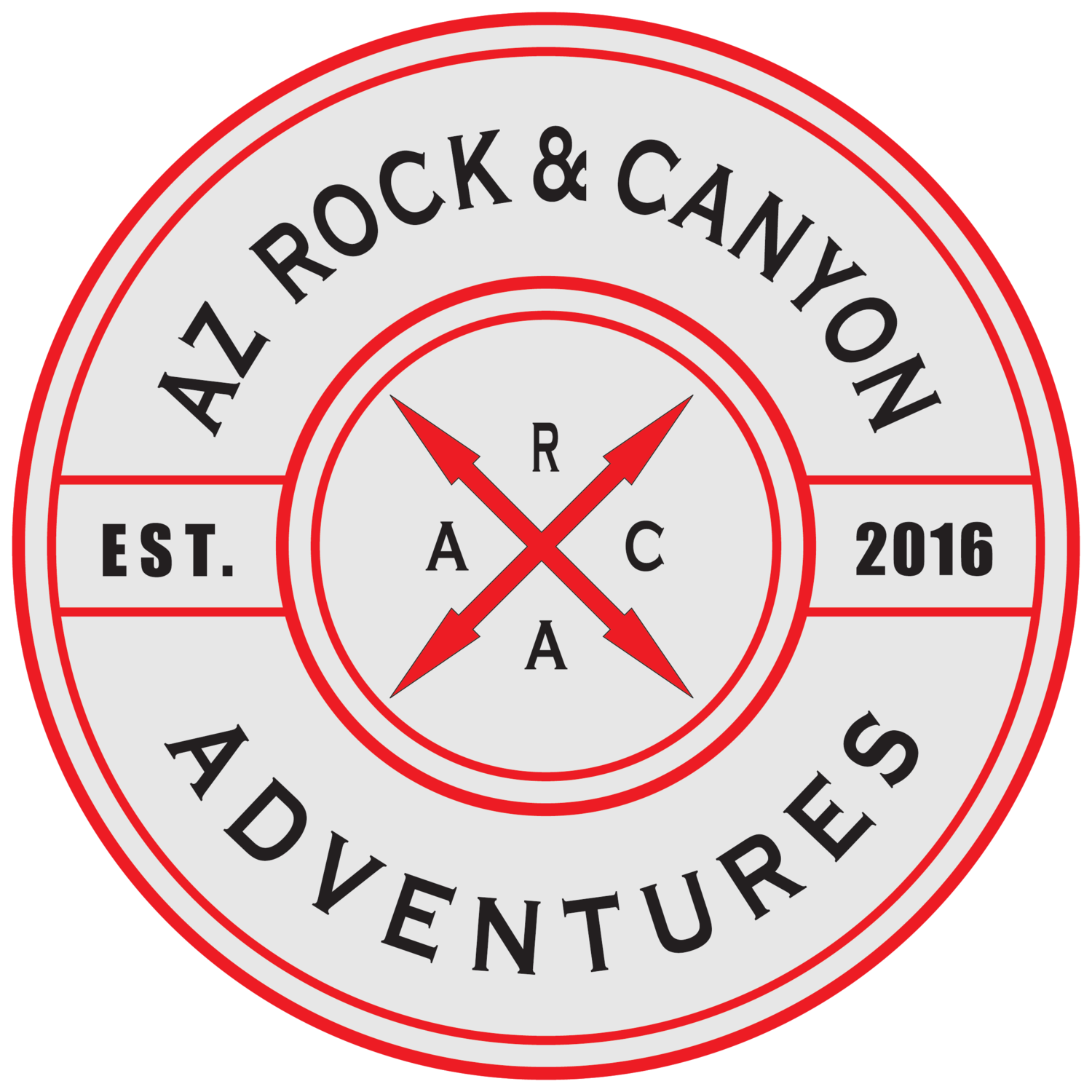California, Yosemite National Park, Matthes Crest
My climbing partner and I were attempting to climb Tenaya Peak, Matthes Crest, and Cathedral Peak—three long but moderate routes in the Tuolumne Meadows area—in a day. Because of the sheer amount of climbing and distance we would need to travel, we packed light, opting not to carry any warm or waterproof layers.
We left our car at 6 a.m. and summited Tenaya at roughly 9:30 a.m., then hiked 3.5 miles over to Matthes Crest and began climbing around noon. About 2 p.m. we noticed what looked like thunderstorms far in the distance, but the clouds seemed to be moving away from us, so we continued. At 3 p.m., as we were nearing the south summit, we noticed clouds forming directly above us, so decided to bail and began searching for a descent. We found a gully on the west side, just before the south summit, that had slings around various trees in it. We scrambled down around 30 feet to the first tree anchor and began flaking our 60-meter rope.
Almost immediately, it began hailing and a lighting storm started directly on top of us. In such an exposed position, we were shaken and began rushing. Rather than properly flaking the rope out and finding the midpoint (our rope did not have a middle marker), I tied knots in both ends and sent my partner down the rappel immediately, figuring we needed to get below the top. Before reaching the next rappel tree (only about 40 feet below), he had to stop and untangle the rope and reposition the rope ends, which took some time.
Eventually, he made it to the next tree anchor and I quickly descended to join him. Dime-size hail was falling, and lightning was all around us. In my haste, I didn’t move the rappel lines out of the constricted gully we were rappelling and onto the face. When we went to pull the rope, it became stuck. Luckily, I also had brought a 65-meter static tag line. So, while my partner continued to try to free the stuck rope, I began uncoiling the thin tag line. It almost immediately tangled. Again, opting for speed over thoroughness, I eyeballed what I thought was the midpoint and tossed the ends down. In my haste, I only tied a stopper knot in one end.
As I began to rappel, I had to stop multiple times to pull the loose ends of the rope out of the waterfall-filled gully. After about 25 meters, I reached the base of the vertical wall and was standing on a 45-degree slab. Feeling confident that I had made it down to scrambling terrain, I began scouting for a good stance to go off rappel. As I descended a few more feet, the unknotted end of the rope slipped through my ATC and my autoblock and I began tumbling. I rolled 50 feet down a tiered rock slab before finally coming to a stop.
Miraculously, I survived relatively unscathed. My helmet was dented, and I had large gashes in my left knee and right arm, but no concussion, broken bones, or other serious injuries. Also, I had not pulled the tag line down with me when I fell, so my partner was able to reset the rappel (properly this time) and rappel down to me.
We had no cell phone service, no warm or dry gear, and were about six miles from the closest trailhead. We had a bivy sack with us, but decided it would be better to keep moving rather than wait out the storm. Leaving the ropes behind, we started hiking. Six hours later, at 9:30 p.m., we reached the trailhead and someone offered us a ride back to our car at Tenaya Lake, from which we drove to the closest ER.
ANALYSIS
I am acutely aware that rappelling accidents typically don’t end this well. One conclusion you might take away from this account is that people should recommit to perfect rappelling practices: Always tie stopper knots, always make sure the midpoint of the rope is at the anchor, always use a backup, etc. I agree wholehearted with these practices, but in a crisis even well-trained people are prone to making mistakes. The real lessons for me are how to avoid a crisis situation in the first place.
To that end, I think there are several takeaways. First, we were in the high-country, far from any road, and it was utterly irresponsible not to have more warm clothing and raincoats. While the lightning was dangerous, I believe it was the cold and wet that ultimately caused me to take shortcuts while rappelling.
Second, we should have begun descending the moment we saw signs of storms in the distance. A desire not to leave gear was part of the issue, and our desire to finish the trifecta of climbs we had started also probably led us to make a bad decision. The fear of lightning then led me to rush the rappel setups. Given all the tangles and the stuck rope, I don’t believe rushing this way saved us any time at all.
Finally, and this is a minor point, a rope with a midpoint marker makes it a lot easier to set up a good rappel. (Source: Anonymous report from the climber, male, age 29.)

